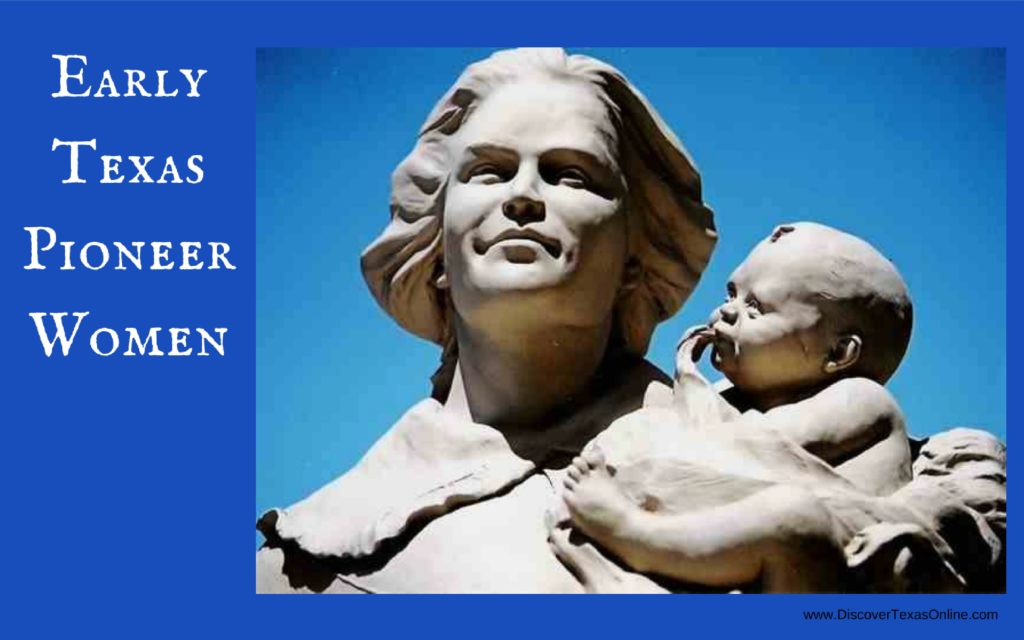
Life was hard on the Texas frontier, and 1200 miles lay between colonial Texas and Mexico City. Even if a man managed to survive the hardships, disease, and Indian attacks, he could still work himself to death . . . and many did. What would happen to their families if they did not survive?
Though it may seem strange to modern minds, most 19th century women could not own property.
Colonial land grants were issued in the man’s name. Life would be hard enough for his widow and children if he died–harder if they had to leave the land and travel to Mexico City and back to request that the name on the document be changed. Mexico did not trust the United States and France, whose frontiers shared boundaries with Texas. Pioneer families helped ensure the territory against encroachment by foreign nations and by Indian attack.
Therefore, the Mexican government allowed widows to inherit their husband’s land–a very progressive idea at the time.
To honor the strength of Texas pioneer women, the Daughters of the Republic of Texas commissioned Linda Sioux Henley of Helotes to create a life-sized bronze sculpture, part of which is shown above. “Honoring Early Texas Pioneer Women” was placed on the Texas State Capitol grounds in 1998.
If you’d like to learn more about Texas pioneer women, you might like to read More than Petticoats: Remarkable Texas Women by Greta Anderson.



